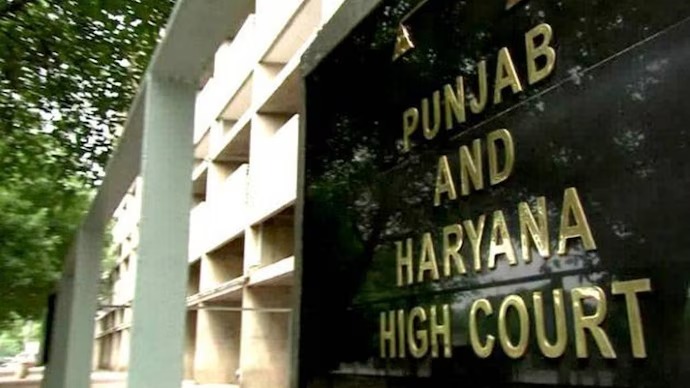Sir Barnes Peacock, Kt., C.J., Phear, Macpherson and Mitter, JJ.@mdashWe think that the case is a very clear one. On the 13th of September 1865 an application for execution was made; but at that time execution of the decree was barred by limitation. The proceedings under that execution were struck off on the 29th of March 1866. Subsequently another application for execution was made within three years after the 13th of September 1865, and the question is whether the application which was made on the 13th September 1865, or the issuing of the process thereon, was a proceeding taken to enforce the judgment within the meaning of s. 20 of Act XIV of 1859? It appears to me that the application was not a proceeding within the meaning of that section. By the word "proceeding" in that section, I understand the Legislature to have intended a proceeding not barred by limitation, and under which process of execution might have been lawfully issued if the application had been opposed. If this were not so, a person, after a decree was barred, might make an application to enforce it by execution; but upon that application it is clear that no process of execution could issue unless some proceeding had been taken to enforce the judgment within three years prior to it. Such application for execution ought, therefore, under s. 20 to be refused. If the argument in the present case is correct, the applicant might in such case make a fresh application, and in support of it avail himself of the one which had just been refused as an application which had been bona fide made within three years.
2. The application, then, of the 13th of September 1865, was not a proceeding within the meaning of the section. If that application was not a proceeding within the meaning of the section, at the time when it was made, it could not subsequently become so, merely because the judgment-debtor did not come in and oppose it. The non-opposition by the judgment-debtor clearly was not a proceeding, nor was the issue of process by the Court in a case in which that process ought to have been refused a proceeding within the meaning of the Act. Under these circumstances it appears that the application which was last made was barred by limitation.
3. The appeal must be allowed. The judgment of the Judge is reversed, and the judgment of the Principal Sudder Ameen affirmed with costs in all the Courts.
L.S. Jackson, J.
I entirely concur in the judgment which has just been delivered, and I have nothing whatever to add to the view of the law taken by the Chief Justice in the case before us. But it may be useful to advert to a class of cases, several of which have lately come before the Fifth Bench on which I was lately sitting, and which, though distinguishable from the present case, might perhaps have been cited as bearing upon the question referred to us--I mean cases of this description, in which execution had been applied for, a proceeding taken, the case then struck off, a fresh application made within three years from the date of the previous proceeding, fresh notice given, and, say, a process of attachment issued; shortly after, that is within three years after that attachment had taken place, a fresh application to execute is made, and the judgment-debtor coming forward seeks to raise a question as to the bona fides and the sufficiency of the proceeding last taken before the preceding application. In such cases I have more than once felt obliged to hold that the question of the bona fides of such proceedings, being a matter of fact which the judgment-debtor might have disputed on the occasion of the last notice, and he having, notwithstanding the service of notice, omitted to raise that question, and having submitted at that time to further proceedings in execution, he was thereafter barred from raising the question of limitation, and that the execution must go on. Cases of that description, I need hardly say, are clearly distinguishable from a case like the present, in which there was a manifest bar of limitation at the time of the last application.
1 See Act IX of 1871, Sch. ii, Nos. 166 and 167.
2 See also

